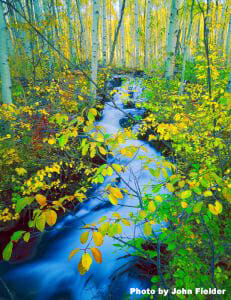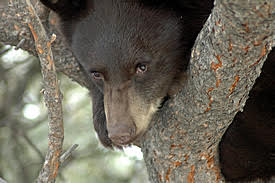Things to consideration for your next hike in Bear Country:
Always tell someone where you are going and when you expect to be back and don’t forget to call them to tell them you made it back. It is also a good idea to leave a copy of a trail map or directions on where you plan to hike at the cabin on the counter as well as in the windshield area of your vehicle if you are driving to your hiking destination. That way, if you do not return, rescue workers have an idea of where to start searching for you. Not only is it important to always carry a survival kit, it is important you know how to use one.
What to wear especially to avoid blisters:
You never plan to get stuck in the woods, but if you do, you need to have a shelter (you must have shelter each night to protect you from wind, rain, snow, cold temps), the right clothing (see this link for details on what to pack and where: https://wildskies.com/what-to-pack/) and food/water. If you’ve ever been on a long hike, you have probably had a few blisters in your day. A lot of hikers swear by putting duct tape over their heels before putting on their boots to prevent blistering. Wear good boots and make sure to break them in before you go hiking. Good boots provide ankle support and keep your feet dry. Additionally, Moleskin is a great product to use if a blister should begin.
Research your hike.
Research your hike before you go. Again, this may seem elementary, but you would be surprised at how many people just go hiking up into the mountains before actually familiarizing themselves with a map of the area. If you’re planning a long hike, take the time to look at the routes and trails and any escape routes you may need to use if the weather gets bad.
Warm-up before starting the hike
We cannot emphasize just how important stretching out before a hike truly is. Stretching increases the heart rate, temperature, and blood circulation to your muscles. Moreover, stretching increases the body’s flexibility and decreases chance of injury.
Start the hike off slowly
Once again, it is important to warm up your muscles and body before trekking full steam ahead. Gradually increase your pace as your body begins to heat up.
Allow the slowest person in the group to establish the pace
Let the slowest person lead the group. Injuries and exhaustion can frequently be avoided by letting young children and folks who are out of shape head down the trail first.
Plan the hike ahead of time
This can include assigning tasks to various members who will participate on the trip. Lightning storms occur nearly every day in the high country. The golden hiking rule is to start early enough you summit before noon (before the storms build).
Figure out who enjoys leading and who doesn’t
Once you figure out who enjoys making decisions and leading various aspects of the hike, make efforts to divide decision-making responsibilities evenly amongst those people. However, it is important to stick to the trip itinerary unless an emergency dictates otherwise.
Stick to the trail
Don’t stray from the trail unless you possess excellent navigation skills and the area will not be negatively impacted by off-trail travel.
Staying on the trail and taking breaks in hardened areas is important for protecting the fragile alpine vegetation. The wilderness can literally be “loved to death.” The careless hiker can cause damage that may never heal. Some alpine flowers have a 60 day growing season. It they are trampled they may never have enough time to recover and could perish over the winter.
Travel in a group
This principle holds especially true during the winter and in hazardous terrain. Never leave a member behind.
Learn first-aid and basic gear repair methods
Always bring duct tape with you wherever you go. Duct tape can mend just about any piece of gear that you might happen to break while out on the trail. Don’t forget to bring a first aid kit! Finally, know what to do in case you and your group runs into an emergency situation. It is best to discuss your “emergency plan” before beginning a hike.
Layer up
Avoid wearing cotton because it loses its insulation properties when it get wet. It is best to wear polypropylene next to the skin because the material wicks moisture away from the skin and retains heat when wet.
Protect your body from the sun
Wear sunglasses, a hat, and sunscreen anytime you go hiking.
Take adequate rests
Don’t overdue it!
Hydrate
Drink sufficient amounts of water. Make sure you carry enough water to make it between destinations without running out of a safe supply. Also, be sure to treat your water in order to avoid getting sick on the trail.
Pack plenty of food
Energy and candy bars are some of the best foods to bring on the trail because they are packed with carbohydrates, which will give you the boost you’ll need on the trail.
Adhere to relative rules and regulations
Take some time to read over the rules and regs of the area that you’ll be traveling through. Some areas might be off-limits to pets, camping, or open-pit fires.





